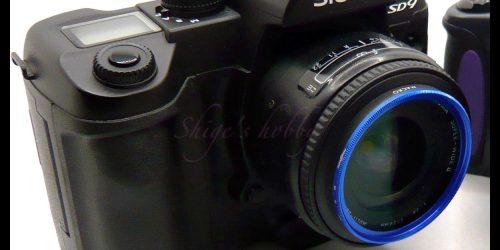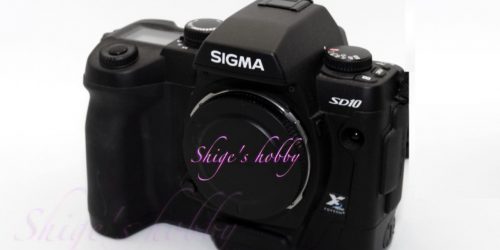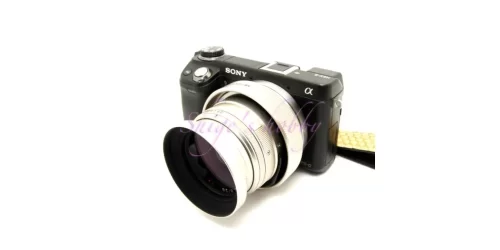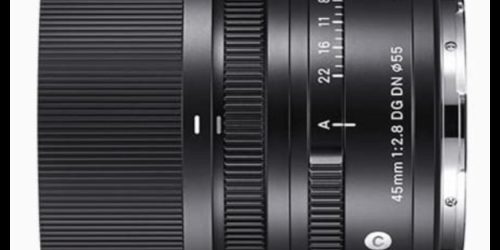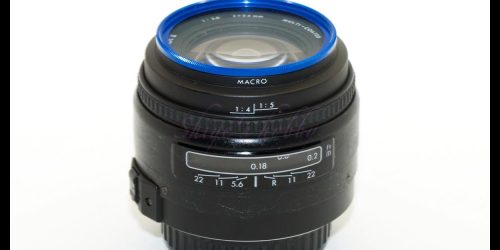SIGMA sd Quattro / Quattro H
Review and photo examples of Sigma sd Quattro / Quattro H.
Table of contents
Gallery
- APO 70-200mm F2.8 EX DG OS HSM + sd Quattro H
- 14-24mm F2.8 DG HSM | Art 018 + sd Quattro H
Review
sd Quattro / sd Quattro H is a mirrorless digital camera released about 4 years after SD1 / SD1 Merrill.
The sharp, high-resolution images that are outputted are truly something to behold, and the results still hold up well even today.
It is equipped with a 4th generation Foveon sensor. The sd Quattro uses an APS-C size 3-layer sensor with 19.6 million pixels for the top B (blue) of the three primary colors of RGB, the second row G (green), and the third row R (red). A camera equipped with a mysterious 4.9-megapixel sensor that is more difficult to manufacture than the SD1 sensor. It was written in an interview with the developer that 19.6 megapixel x3 requires heavy image processing, but in the case of an irregular sensor, there are many differences from conventional image processing, so I feel that the software development burden will not change much. . The sd Quattro-H scales up the sensor size of the sd Quattro to the APS-H size, with 25.5 million pixels at the top and 6.4 million pixels below.
As I wrote in the camera impressions of the sd Quattoro series, it has become a mirrorless camera, but the mount is inherited from SIGMA-SA.
I ditched my single-lens reflex camera in favor of an EVF, but due to the power consumption of the sensor and LCD, a standard battery would run out quickly. The solution is to attach a battery grip to increase the battery capacity, resulting in a very large square camera. When you attach Sigma’s proud Art lens to this body, it becomes even bigger, and you’ll need a Billingham 335 class bag to carry it around.
It is a camera that is considerably larger than the Hasselblad X2D that I am currently using.
For photographers who only use Raw, the Quattro series now allows DNG shooting. This is a breakthrough for the SD series, and I’m very grateful that the DNG file allows me to use the workflow of finalizing the shooting results with Hasselblad’s development software, Phocus, which I usually use.
However, the thing that feels most different is the change in white balance, and in normal DNG files, the colors change linearly. However, when I manipulate the white balance using Phocas from a SIGMA DNG image, it suddenly changes at a certain point, and I am confused because the white balance change does not match the numerical value. Still, it is several times more efficient than operating with SPP. I think image quality and DNG compatibility are essential pieces when talking about SD Quattro.
However, from here on out, it becomes mostly a complaint.
Although it became a mirrorless camera, the mount was inherited from SIGMA-SA, so personally I think it became a half-hearted camera.
The PENTAX K-01, which made the same attempt in 2012, was released in K-mount and mirrorless format, and it is no wonder that they attempted this format despite having a track record of huge failures in sales.
It may have been wise of them to decide that a mirrorless mount developed in-house was impossible, but now that they have a new sensor, they can’t control their desire to release a camera, and I feel the SIGMA spirit in the fact that they are as unresponsive as ever with no marketing. (Not a compliment).
As a result, I was fortunate to join the L-Mount Alliance in 2018 and was able to obtain a mirrorless mount. I feel like users would have been happy if they released a Quattro sensor camera at this timing. A while back, it would have been a complete hoax to be able to use genuine Leica lenses with AF using a Foveon sensor.
Despite many ups and downs, SIGMA has used a normal Bayer sensor as a camera for L-Mount, and although it has the features of a mechanical shutterless and compact body, overall it has released an extremely mediocre camera and is making a fuss. . As of 2022, the full-size Foveon does not seem to be in a form that can be released.
If we refocus the topic on the camera itself, I think the Quattro/SD Quattro H can be called an unfinished product.
The increased number of pixels increases processing time, battery life is poor, and the sensor issues a heat damage warning when shooting continuously. Also, this is a problem on the part of the photographer, but if you’re not careful, you’ll get a parade of camera shakes, making it a camera that requires even more patience than the SD1.
Even experienced SIGMA users find this camera difficult to use.
Although I haven’t experienced it myself since I only used it for a short time, it is unfortunate that there has been a lot of talk about the issue of mechanical dust adhering to the sensor.
The specs for the EVF suggest that it has 2.36 million dots, which is sufficient, but in actual use, the image flow is severe and eyestrain, and you experience long blackouts. Compared to the viewfinders of the α and LEICA-SL from the same era, it cannot be said to be a finder that arouses the desire for photography.
Currently, the Quattro H camera body is sold at a not-so-cheap price, but I think you need to be very prepared when purchasing one. Sometimes when I see a cheap Quattro camera, I think about getting it again, but I just can’t bring myself to do it. I still have the old SD series, but with this camera I’ve moved away from Sigma.
When I was developing past photos to create this page, the quality of the images was so good that I was tempted to use them again.
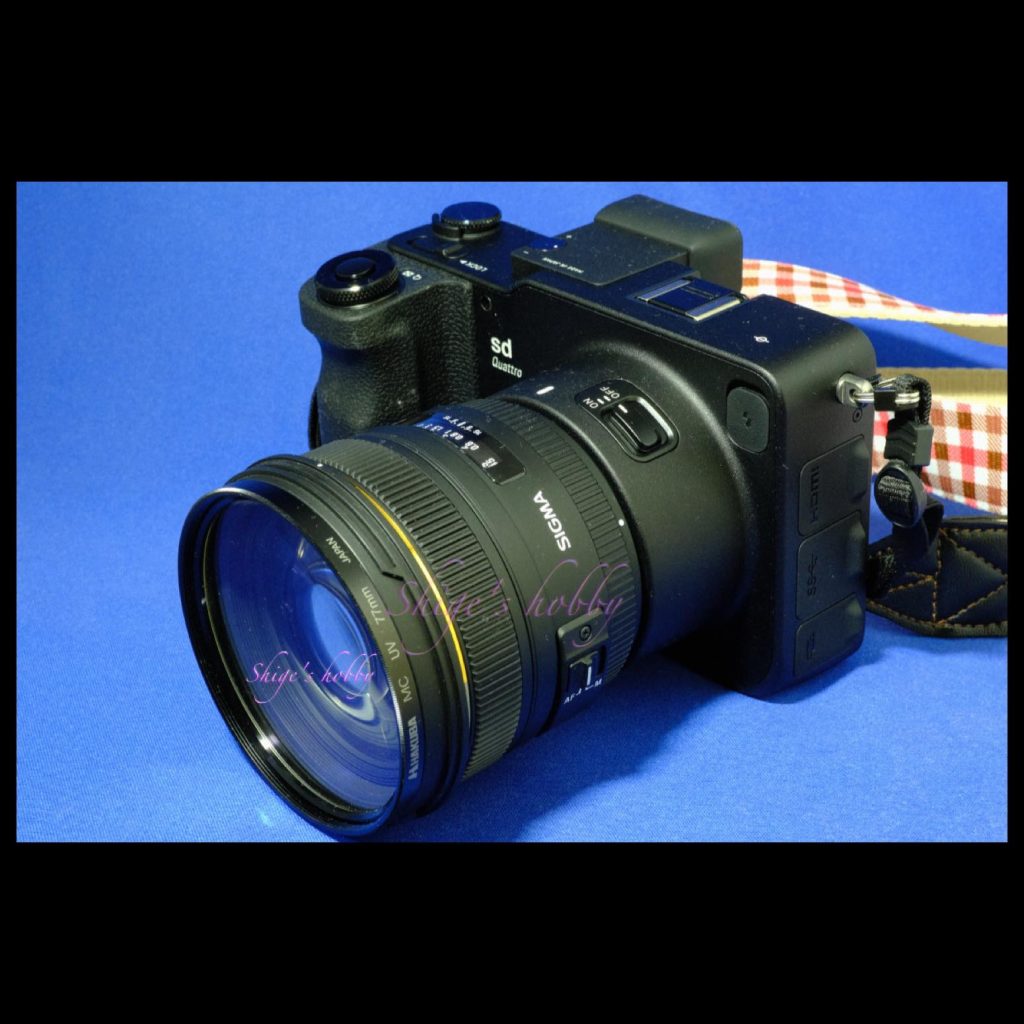
Specification and Compare
| Items | SD1 | SD1 Merrill | sd Quattro | sd Quattro H |
| Camera effective pixel count | 48 million pixels (total pixels) 46 million pixels (effective pixels) (4,800×3,200×3 layers) | ← | 33.2 million pixels (total pixels) 29.5 million pixels (effective pixels) | 44.7 million pixels (total pixels) 38.6 million pixels (effective pixels) |
| Image sensor | 3rd generation FOVEON X3® (CMOS) | ← | 4th generation FOVEON X3® (CMOS) | ← |
| Image sensor size | APS-C 23.5×15.7mm | ← | APS-C 23.4mm×15.5mm | APS-H 26.7mm×17.9mm |
| Camera Mount | Sigma SA bayonet mount | ← | ← | ← |
| Back LCD | 3inch, 0.46 million dots | ← | 3inch, 1.62 million dots | ← |
| Finder | Pentaprism single-lens reflex finder | ← | Electronic viewfinder (approximately 2.36 million dots color liquid crystal) | ← |
| Battery | Lithium ion battery (BP-21 / BP-22) | ← | Lithium ion battery (BP-61) | ← |
| Size(mm) W x H x D | 145.5 × 113.5 × 80.0 | ← | 147 x 95.1 x 90.8 | ← |
| Weight(g) | 700g (Exclude battery) | ← | 625g (Exclude battery) | ← |
| Release date | 2011.06. 10 | 2012.03.09 | 2016.7.7 | 2016.12.20 |
| Price(Yen/No-tax) | Open Reference price (700,000 yen) | Open Reference price (200,000 yen) | Open Reference price (81,000 yen) | Open Reference price (126,800 yen) |
Options
- Vertical grip PG-41
- All of SIGMA SA Mount lenses
Reference links
Update history
- 2024.2.18:First draft
Affiliate
- Some external links are advertisements and clicking them may generate income for the site administrator.
